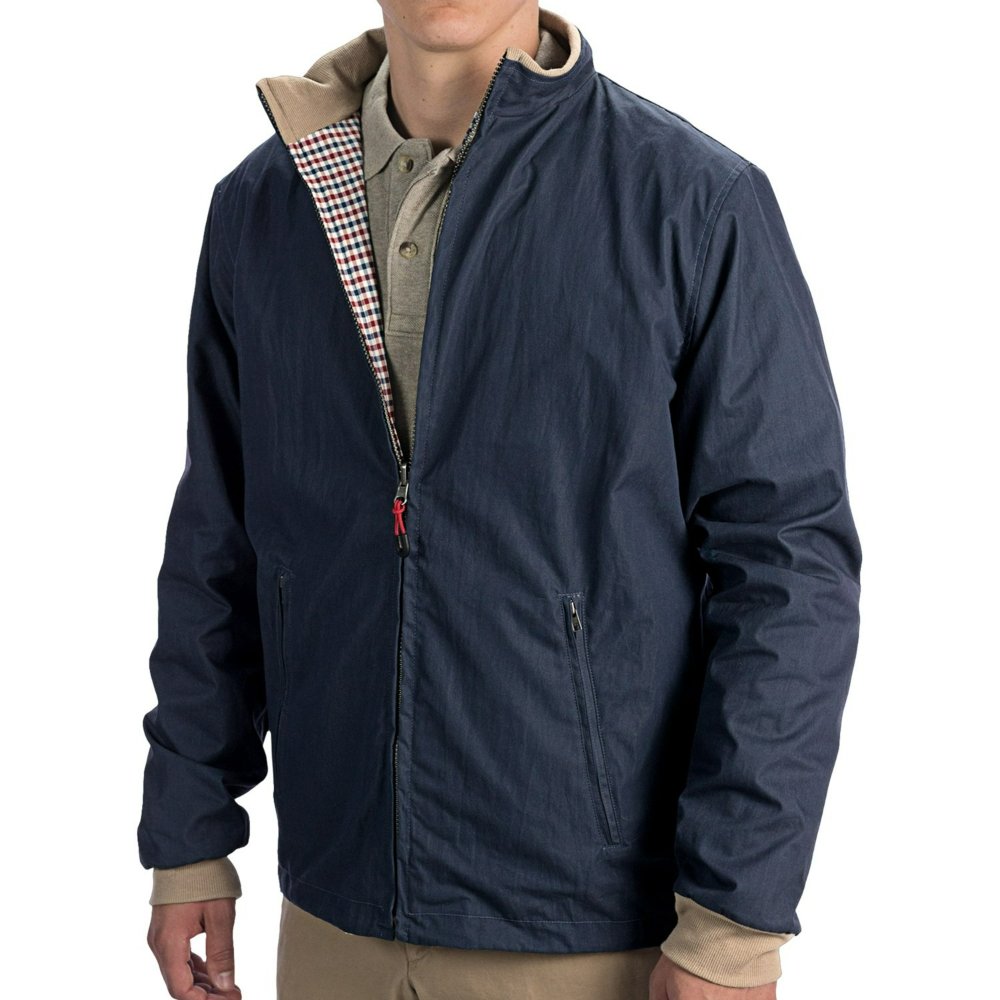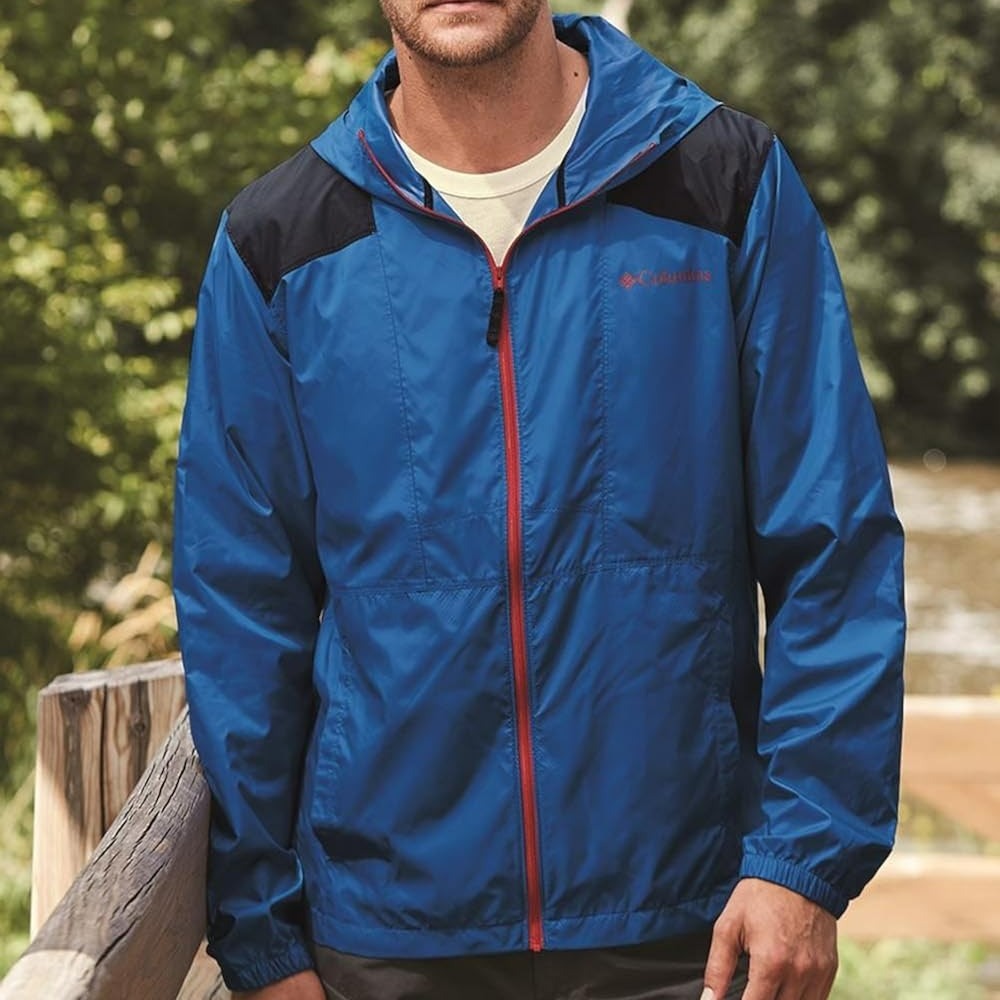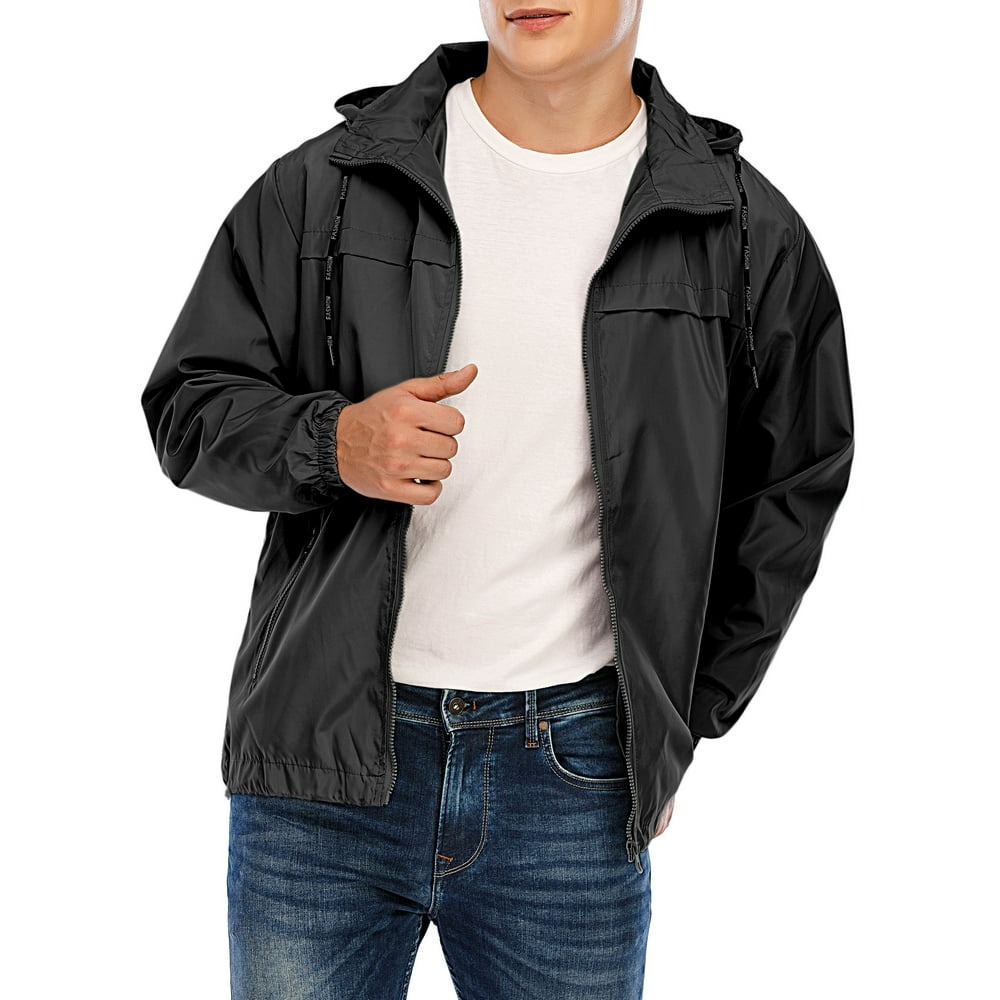The Importance of a Good Windbreaker for Outdoor Activities
When we engage in outdoor activities, weather can be unpredictable. A good windbreaker jacket serves as a critical shield against the elements. In this piece, we explore why a high-quality windbreaker jacket is a must-have for anyone who loves the outdoors.
Windbreakers provide essential protection from strong winds that can chill you to the bone. When the breeze picks up, a windbreaker jacket acts as a barrier, keeping you warm and comfortable. It’s not just about warmth, though. These jackets also help you stay dry in sudden rain showers. A quick-drying, water-resistant windbreaker can make the difference between a pleasant hike and a wet, miserable one.
Moreover, windbreakers are designed to be lightweight and compact. This makes them easy to pack and carry, without weighing you down. Whether you’re hiking, cycling, or simply taking a walk in the park, a windbreaker jacket won’t add unnecessary bulk to your gear. The right windbreaker is also breathable, which keeps you from overheating during more intense activities.
Lastly, wearing a windbreaker jacket can protect your skin. It shields you from harmful UV rays and, in some terrains, acts as a barrier against scratches from branches or rough vegetation.
In conclusion, a windbreaker jacket is an essential piece for outdoor enthusiasts. It offers protection from various weather conditions, adds little weight to your load, and helps protect your skin during outdoor activities. Keep these benefits in mind when you consider the features you need in a windbreaker jacket.

Key Features to Look for in a Windbreaker Jacket
When shopping for a windbreaker jacket, certain features can make all the difference. Keep these key attributes in mind while selecting your outdoor gear:
- Weather Resistance: A top-quality windbreaker should offer strong resistance to wind and light rain. Look for jackets with water-resistant coatings like DWR (Durable Water Repellent).
- Breathability: Your windbreaker jacket needs to let your body sweat escape. This keeps you from feeling clammy during intense activities. Jackets with vented features or breathable fabrics are ideal.
- Weight and Portability: Opt for lightweight and compact jackets. They are easier to pack and carry on any outdoor adventure. A bonus is a jacket that packs into its own pocket.
- Durability: Choose a windbreaker jacket made with robust materials. It should withstand wear and tear from the wild. Jackets with reinforced areas, like elbows and shoulders, last longer.
- Adjustable Features: Look for jackets with adjustable hoods, cuffs, and hems. These help you tailor the fit to your body and the weather. Custom fits keep the elements out more effectively.
- Pockets: Pockets are essential for carrying small items. They should be easy to access and secure enough to hold your belongings safely.
- Reflective Elements: If you plan to be out in low-light conditions, jackets with reflective details enhance your visibility. This is a safety must-have for evening or early morning treks.
When considering these features, think about how you will use the windbreaker jacket. The right combination will ensure that you stay protected and comfortable on your outdoor adventures. Remember, the best windbreaker is one that meets your specific needs in terms of weather protection, functionality, and style. Don’t forget to integrate ‘windbreaker jacket’ into your search to find the ideal match for your outdoor pursuits.
Windbreaker Jacket Materials: Understanding the Differences
Choosing the right material for your windbreaker jacket is crucial for comfort and functionality. Different materials offer varying levels of breathability, water resistance, and durability. Here’s a simple breakdown of common materials used in windbreaker jackets:
- Nylon: It’s strong and durable, resisting wear from rigorous activities. Nylon jackets are also quick-drying, making them suitable for variable weather. However, they might lack breathability compared to other fabrics.
- Polyester: This material is also durable and resists wrinkling and shrinking. Polyester windbreakers usually have good breathability. They are often treated with water-repellent coatings for added protection against rain.
- Gore-Tex: For premium water resistance and breathability, Gore-Tex is a top choice. Jackets made with this material keep you dry and comfortable in heavy rain. But, they often come with a higher price tag.
- Fleece-Lined: Some windbreakers have a fleece lining for added warmth. These are ideal for colder conditions. The downside is that they can be bulkier and less packable.
- Soft-Shell: Soft-shell materials blend flexibility with protection. They offer good breathability and are somewhat water-resistant. These jackets work well for high-energy activities.
When picking a windbreaker jacket, consider the climate and your activity level. If you’re facing harsh conditions, a more robust material like Gore-Tex might be best. For light activities and mild weather, nylon or polyester could be sufficient. Remember to check for additional features like DWR coatings to enhance the jacket’s weather resistance.

Types of Windbreakers: Insulated vs. Uninsulated
When looking at windbreaker jackets, you will find two main types: insulated and uninsulated. Each serves a unique purpose, catering to different environmental needs and personal preferences.
Insulated Windbreakers
Insulated windbreakers come with a layer of padding. This padding can be down, synthetic fibers, or fleece. These jackets are best for colder conditions. The extra layer traps heat, keeping you warm in chilly winds and lower temperatures. Insulated windbreakers are bulkier, so they may not pack as easily. Consider these if you’re heading into cooler climates or during the colder months.
Uninsulated Windbreakers
Uninsulated windbreakers, in contrast, have no added padding. They focus on blocking wind and light rain. These jackets are lighter and more packable. They suit mild weather and high-energy activities well. If you’re after a jacket that offers protection without the added warmth, choose an uninsulated one. These are perfect for spring and summer outings.
In conclusion, decide on an insulated windbreaker if you need warmth. Go for an uninsulated option for light protection and greater mobility. Think about the weather and your activity levels when making your choice. Remember, the right windbreaker jacket is the one that fits your needs in different outdoor adventures.
How to Choose the Right Size and Fit for Your Windbreaker
Choosing the right size and fit for your windbreaker jacket is essential for comfort and mobility. When trying on windbreakers, keep in mind these points to ensure a perfect fit:
- Measure Yourself Correctly: Start by measuring your chest, waist, and hips. Use a sizing chart specific to the brand of windbreaker jacket you’re interested in.
- Consider Layering: Think about what you’ll wear underneath your windbreaker jacket. If you plan to layer clothes, allow extra room for comfort.
- Check Sleeve Length: Sleeves should extend to your wrist. They should not restrict movement or be too long.
- Test the Zipper: Make sure the zipper moves smoothly and doesn’t catch. A good zip-up allows for quick and easy adjustment.
- Movement is Key: Raise your arms and bend over. Your windbreaker jacket should not lift up or feel tight across the back.
- Look for Adjustable Features: Hems, cuffs, and hoods that adjust help refine the fit. They prevent wind from sneaking in.
Remember, a well-fitting windbreaker jacket makes your outdoor adventures more enjoyable. It should feel comfortable, allow for full range of motion, and provide effective protection from the elements. Don’t rush the process. Try on multiple sizes if needed, and move around to test the fit. The right size windbreaker jacket will enhance your overall outdoor experience.

Best Practices for Windbreaker Jacket Maintenance and Care
Maintaining your windbreaker jacket is key to its longevity and performance. Here are best practices to keep your jacket in top shape:
- Read the Care Label: Always check the manufacturer’s instructions before cleaning. This ensures you won’t damage the fabric.
- Wash with Care: Use a gentle cycle and mild detergent for washing. Avoid bleach as it can degrade the jacket’s material.
- Rinse Thoroughly: Make sure all soap is rinsed out to maintain the jacket’s water resistance.
- Tumble Dry on Low: If allowed by the care label, tumble dry on a low setting. High heat can harm the jacket’s protective coatings.
- Air Dry When Possible: Hanging your windbreaker to dry is often the best option. It prevents heat damage and saves energy.
- Avoid Fabric Softeners: Fabric softeners can clog the pores in the jacket’s fabric, reducing breathability.
- Reapply Water Repellent: Over time, the DWR coating may wear off. Reapply spray-on or wash-in water repellent as needed.
- Check for Repairs: Regularly inspect your jacket for tears or seam issues. Prompt repairs prevent further damage.
- Store Properly: Keep your windbreaker in a cool, dry place. Avoid crumpling it up to prevent creasing.
Following these tips will help your windbreaker jacket withstand the elements and enhance your comfort during outdoor activities. For optimal care, tailor these practices to the specific material and features of your windbreaker jacket.
Top Considerations When Shopping for Windbreaker Jackets
When you’re in the market for a windbreaker jacket, several top considerations should guide your purchase. Whether you’re a seasoned outdoor enthusiast or someone looking for a reliable jacket for casual use, keep these factors in mind to make an informed choice:
- Purpose and Activity Level: Tailor your choice to match the outdoor activities you plan to engage in. A running windbreaker differs from one you’d wear for more leisurely walks.
- Climate and Weather Conditions: Consider the typical weather you’ll encounter. For wetter climates, prioritize waterproofing. For windy areas, look for highly wind-resistant materials.
- Fit and Comfort: The jacket should fit well without restricting movement. Look for adjustable hems and cuffs for a snug fit.
- Ventilation: Ensure your jacket has venting options, like underarm zips, to stay cool during high-intensity activities.
- Packability: If you travel or hike, choose a jacket that packs down small for easy storage.
- Versatility: A versatile jacket with a detachable hood or layers adapts to changing conditions.
- Brand and Price: Research brands for quality assurance. Balance your budget with the features you need.
- Style and Personal Preference: Select a color and design that you’ll enjoy wearing. If you feel good in your jacket, you’re more likely to wear it.
- Environmental Responsibility: Consider eco-friendly options made from recycled materials or with a lower environmental impact.
Making the right choice in a windbreaker jacket means weighing these aspects carefully. Go for the jacket that offers the protection you need without overlooking comfort and style. This way, you’re equipped for whatever weather comes your way, with a windbreaker jacket that’s ready for action.
Windbreaker Accessories to Enhance Your Outdoor Experience
When choosing your windbreaker jacket, remember accessories can boost your comfort and utility. Here’s what to consider for a complete outdoor kit:
- Adjustable Hoods: Pick hoods that you can draw in or remove. They adapt to changing weather and keep you dry.
- Glove Liners: Slim glove liners give added warmth without bulk. They fit under larger gloves in cold weather.
- Waterproof Caps: A waterproof cap protects your head and face from rain. Caps also shield you from the sun.
- Breathable Balaclavas: Choose balaclavas made from wicking fabrics to keep your face warm and dry.
- Packable Hats: A lightweight hat folds small and fits into your bag. It’s handy for sunny days.
- Neck Gaiters: Gaiters provide warmth for your neck. They can also cover your face in windy conditions.
- Quick-Dry Towels: Compact and fast-drying towels are essential. They wipe off sweat or rain.
- Portable Hydration: Water bottles or hydration packs are key. They help you stay hydrated on the move.
- Sunscreen: Always carry sunscreen, even on cloudy days. It protects your skin from UV rays.
Choose accessories that fit your needs and enhance your windbreaker jacket’s performance. With the right gear, you’re set for any adventure.